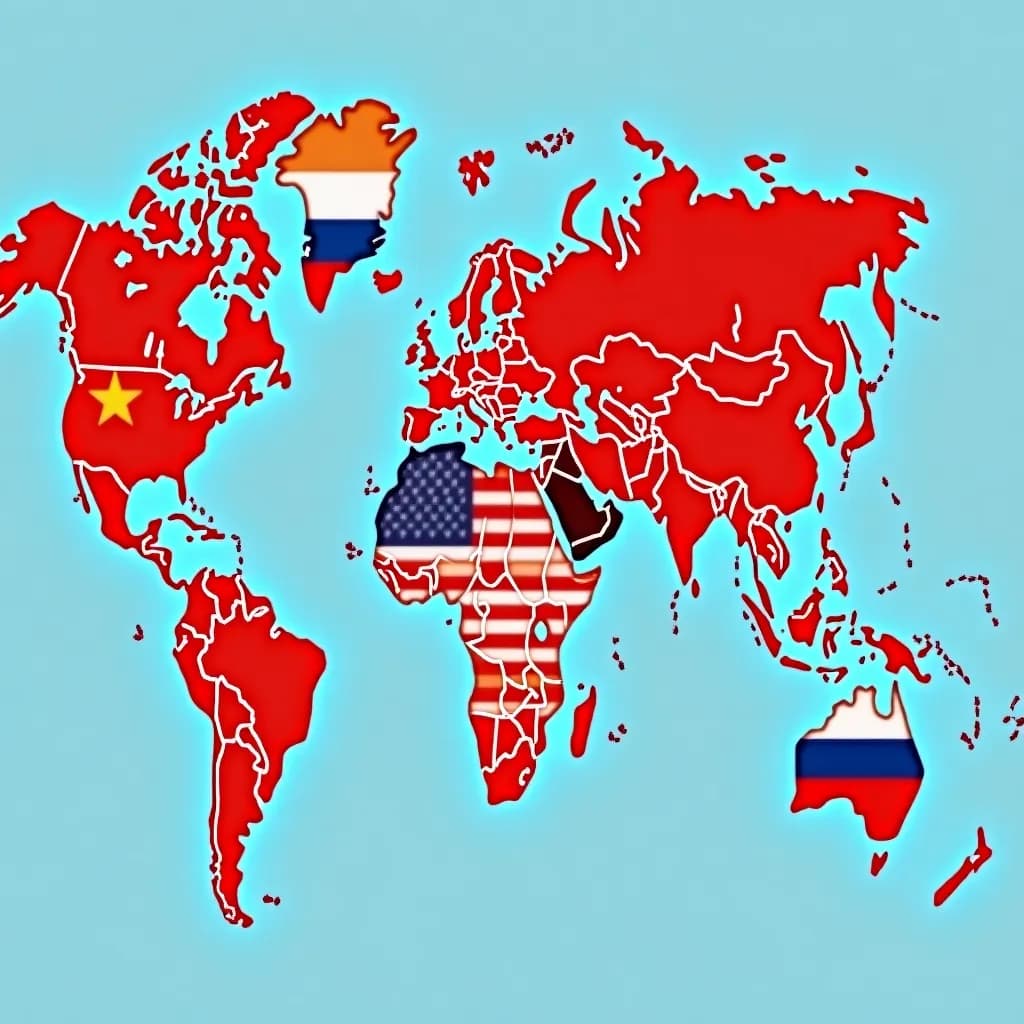The political landscape in the United States is undergoing significant transformation, driven largely by demographic changes. As the nation becomes more diverse, the political implications are profound and multifaceted. This article explores how shifting demographics are reshaping political alignments, voting patterns, and policy priorities in the U.S.
Demographic Shifts: A New Era in Politics
The U.S. Census Bureau projects that by 2045, the United States will become a majority-minority nation. This shift is primarily due to growth among Hispanic, Black, and Asian American populations. These changes are not just statistical; they are pivotal in shaping the political dynamics of the country.
Historically, demographic groups have shown varying degrees of political engagement and preference. For example, African Americans have overwhelmingly supported the Democratic Party, while white working-class voters have leaned more Republican. However, these trends are not static, and recent elections have shown signs of change.
Impact on Voting Patterns
The 2020 presidential election highlighted the growing influence of minority voters. According to the Pew Research Center, the 2020 electorate was the most racially and ethnically diverse in U.S. history. Approximately one-third of eligible voters were non-white, reflecting the changing face of America.
This diversity played a crucial role in swing states like Georgia and Arizona, where minority voter turnout helped tip the scales in favor of the Democratic candidate. The engagement of these demographic groups has prompted both major political parties to reassess their strategies and outreach efforts.
Realigning Political Strategies
In response to these demographic changes, political parties are adapting their platforms and messaging. The Democratic Party has focused on issues like healthcare, racial justice, and immigration reform, which resonate with minority communities. On the other hand, the Republican Party has been working to broaden its appeal by addressing economic concerns and promoting policies that it believes will benefit all Americans.
- Democratic Initiatives: The Biden administration's focus on issues such as student debt relief and climate change reflects an understanding of the priorities of younger, more diverse voters.
- Republican Outreach: Efforts to engage with Hispanic and Asian American voters, who have shown increasing support for Republican candidates in certain areas, indicate a strategic pivot in the party's approach.
This realignment is not just about policy but also about representation. Both parties are making efforts to ensure that their political candidates reflect the diversity of the electorate.
Challenges and Opportunities
While demographic changes offer opportunities for political engagement and representation, they also present challenges. One significant issue is voter suppression, which disproportionately affects minority communities. Efforts such as restrictive voting laws have been criticized for potentially disenfranchising these groups.
Moreover, the political polarization in the country can hinder meaningful dialogue and progress. The increasing diversity of the electorate demands a political discourse that is inclusive and respectful of differing perspectives. Both parties must navigate these challenges to harness the potential of a diverse voter base effectively.
Conclusion: A Path Forward
The United States is at a critical juncture where demographic changes are reshaping its political landscape. These changes present both challenges and opportunities for political parties and the electorate. As the nation moves toward greater diversity, the political system must evolve to reflect and embrace this reality.
The future of American politics will depend on how effectively political leaders and institutions can address the needs and aspirations of an increasingly diverse population. By fostering inclusivity and engagement, the U.S. can ensure a vibrant and representative democracy for generations to come.










